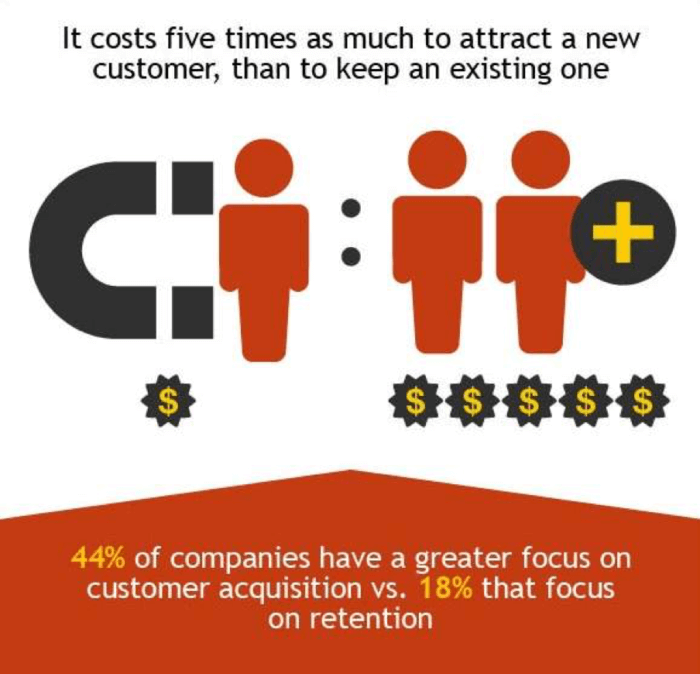Marketers can expand relationships between existing customers and their brand at a lower cost than attracting new clients
Don’t you just hate it when someone only shows up when they want something? You know the type; the fair-weather friend who is suddenly chummy after weeks of absence because they want to call in a favour. It’s a social etiquette faux pas that can act as an important lesson for marketers because businesses do it too.
Download our Business Resource – Travel industry example marketing planE
This example digital marketing plan has been created as both an example for you to learn from and a template to edit with your brand's targets and strategies.
Access the Travel industry example marketing plan
The relationship between a brand and its customers is all too often transactional and stilted, with companies only getting in touch when they want to sell a product. This is a trap that travel marketers should avoid for a number of reasons. Nurturing long-term relationships has many benefits, including:
- Loyalty
- Higher customer satisfaction
- Better conversion rates
- Repeat business
Added-value content that helps to improve a customer’s experience once they have already bought from a travel company will continue to build a relationship with that individual and increase their chances of booking again in the future. When comparing holidays, flights, accommodation or tours where the decision often comes down to the cost, it’s the little extras that will make your business stand out from the others.

[Image credit: Emma Dodd]
Customer lifetime value
Acquiring new customers is a costly business, taking up a lot of marketers’ time and resources. Not all such efforts result in a potential customer making a purchase and often the overheads associated with obtaining new business are barely covered by that initial purchase.
This is why customer loyalty is so important because the repeat orders represent a better return on investment (ROI) for the initial outlay associated with attracting them in the first place.
This is where customer lifetime value (CLV) comes in. It’s a way of calculating how much revenue a returning customer could generate and is based on three metrics:
- Average spend.
- Repeat sales - this is worked out as an average over a year.
- Average retention time - historical data can be particularly useful to establish how long a customer is likely to continue to make purchases with a company.
When you multiply these three factors together, you will end up with the CLV, but that’s not where the work ends. Your marketing efforts should always be focused on making this number higher. Maintaining relationships with existing clients should, therefore, be an important part of your content strategy whether or not you’re making a specific push to attract new business during a particular phase.

[Image credit: Invesp]
Customer acquisition versus customer retention
A recent study by Invesp found that it costs five times as much to attract a new customer than it does when retaining an existing one. Despite that, 44% of businesses admit to having a bigger focus on customer acquisition than retention. Yet, in the world of travel, there are so many ways that marketers can build loyalty through the little extras.
Making life easier for customers
Holidays are meant to be relaxing, but travelling involves many different elements and organizing them all can become stressful. This is particularly the case if the holidaymaker is getting each element of their trip from a different provider you can simplify this process by offering extras - whether they are big or small.
Content marketing is a useful tool to attract customers, but providing information post-booking can be effective when it comes to retention too. Once all of the logistics have been seen to, many people leave planning activities and the really enjoyable parts of their holiday to the last minute. Make things easier by providing them with the following:
- Destination guides
- Packing lists
- Special events calendars
- Language guides
- Menu decoders
Delivering such information to customers’ inboxes will give them one less job to do and help them feel relaxed and supported on their holiday. People tend to remember where good recommendations came from and will appreciate not having to do the research themselves to find the best restaurants and local amenities. This will help to put you at the top of their list the next time they are booking to travel.

[Image credit: Emma Dodd]
Cross-selling
Another opportunity to improve your relationship with the client post-booking is through cross-selling. They have just put their trust in you for an element of their holiday and this can be expanded by offering them further products or recommendations.
It may be that you’ve just sold them accommodation and could present tour options to them or suggest a trusted hire car firm in the local area to help them explore. This works in the same way as content that cuts down the research the customer needs to do themselves, therefore cutting stress.
Of course, offering them another service from your own business has the benefit of bringing in more revenue for you and the client will know this. Add a discount that’s applied to established customers and they’ll understand that their loyalty is being rewarded - a win-win for both parties.
If your cross-selling strategy involves working with other businesses then there is a certain amount of risk associated with this option. It’s important to do your homework and only partner with brands you’ve fully researched and know offer a high quality of service, otherwise pointing your customers in their direction will only backfire.
Getting cross-selling right can be highly beneficial in a world where fewer people book with a physical travel agent and head to the internet instead. Yes, they want to cut out the middle man, but any additional help to reduce the amount of time and stress they spend on their trip will put your brand in a good light and encourage them to book with you again in the future. Many of the big players have managed to get this just right, but smaller marketing departments can implement the same model to harness the benefits too.
Conclusion
Customers can be hard to attract in the first place, but if you’ve sold to them in the past, you know your brand has a product that appeals to them. Providing added value means they’re more likely to return than be tempted by one of your competitors in the future.
Make retaining customers as important to your strategy as attracting them in the first place. It makes business sense, with just a few small actions being the difference between you and your competitors in that important customer-brand relationship.










